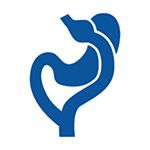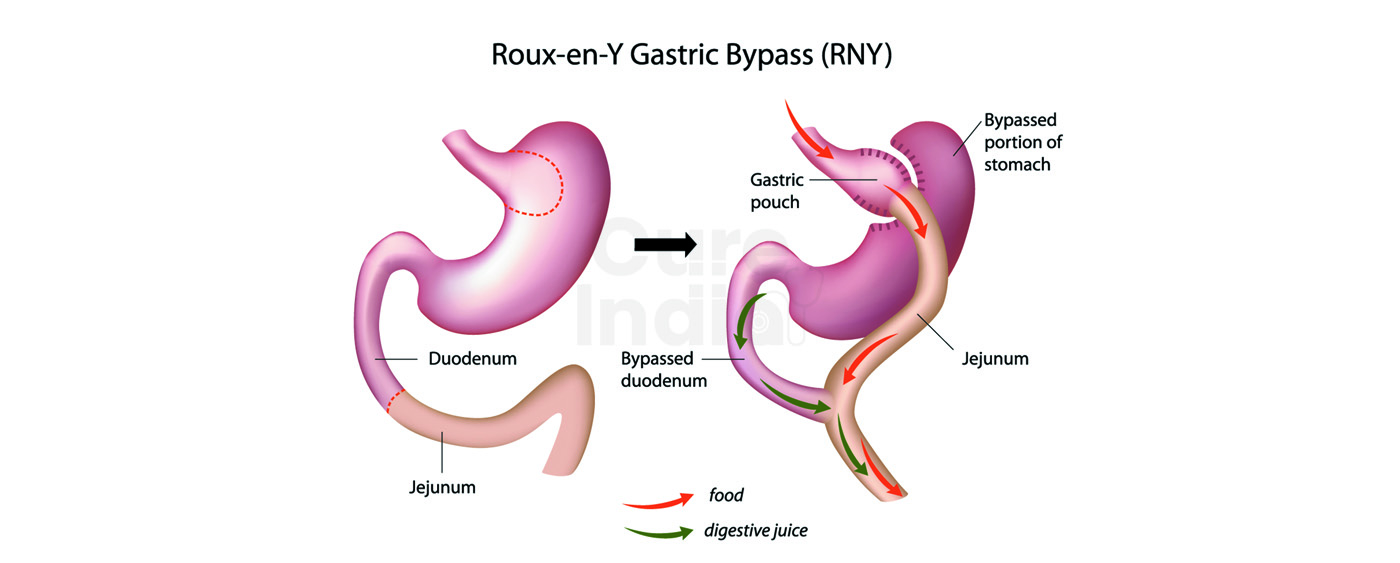

Biliopancreatic Diversion is a bariatric surgery procedure, a little similar to the gastric bypass surgery which is done to change the digestion process in the body so that the digestive juices and food ingested meet a little later than the normal. This postponing of the interaction of these two species helps reduce digestion, thereby leading to lesser absorption of food. The Biliopancreatic Diversion does this by allowing food particles to bypass part of the small intestine so that you are able to absorb much fewer calories. However, it is also certain to realize that you should go ahead for the surgery if you have tried to lose weight via normal methods for at least 6 months, and still failed to achieve any weight loss. You will be fairly eligible for a Biliopancreatic Diversion surgery if you have a BMI (Body Mass Index) of 50 or higher.
There are mainly two types of Biliopancreatic Diversion surgeries:
• a Biliopancreatic Diversion
• a Biliopancreatic Diversion with duodenal switch: This surgery is performed by the surgeon when in case your weight is taking onto your health in harmful ways and immediate treatment needs to be done.
The Biliopancreatic Diversion surgery is aimed to restore the basic functions of the body, thereby increasing metabolism and reducing health problem. Biliopancreatic Diversion is a challenging surgery and one must be very selective when opting for this treatment. You may be eligible for a Biliopancreatic Diversion surgery if you:
• Have already undergone weight loss surgery but haven't had any significant change in weight
• Have several metabolic problems in the body due to obesity, severe diabetes and/or hypercholesterolemia
• Cannot compromise on your food choices and can not strictly stick to healthy food
• Have a diet that includes a good amount of protein (meat, fish, eggs, sausages, cheese)
• Do have any problems related to the bowel or are not suffering from intestinal diseases resulting in reduced absorption.
After you lose weight via Biliopancreatic Diversion surgery, life and health become better. Due to better metabolism of the body, there are another set of advantages of a Biliopancreatic Diversion surgery. They are:
• Rapid weight loss: About 70-80% in the first year itself
• Lesser chance of experiencing unpleasant ‘dumping syndrome’.
• The lesser occurrence of health problems like high blood pressure, asthma, sleep apnoea, Type 2 diabetes etc.
• No need to stick to eating special meals. Patients find that they can eat more ‘normal’ meals than with other procedures.
• Less risk of developing ulcers
As discussed above, there are two main types of Biliopancreatic Diversion procedures: Biliopancreatic Diversion surgery and Biliopancreatic diversion with duodenal switch surgery.
In both procedures, the doctor employs general anaesthesia to induce sleep into the patient (you). Once the anaesthesia kicks in, the doctor starts with the surgery by making a large incision in the belly area to open the stomach for surgery or by making a small incisions where the doctor may use small tools and a camera to guide the surgery , then surgery may be called Laparoscopic Biliopancreatic Diversion or Laparoscopic Biliopancreatic Diversion with duodenal switch.
• In a Biliopancreatic Diversion, the doctor removes only a part of your stomach. After which the doctor connects the remaining part of the stomach with the lower portion of the small intestine.
• The Biliopancreatic Diversion with duodenal switch is done for patients which much worse weight problems. In this type of surgery, the doctor removes a different part of the stomach, leaving the pylorus intact. The pylorus is the valve that controls food drainage from the stomach. Another name for this surgery is the duodenal switch. The duodenal switch approach is done to counter health problems like dumping syndrome and poor absorption of vitamins and minerals after the intake of a meal.
After the Biliopancreatic Diversion surgery, your doctor would recommend you to stay home to get rest for at least two weeks. The doctor will give a special Biliopancreatic diversion diet, which would be an all-liquid diet so that the stomach gets enough time to heal. In any case, when you are allowed to add solid foods back into your diet, you should be cautious to chew food well and to stop eating when you feel full.
